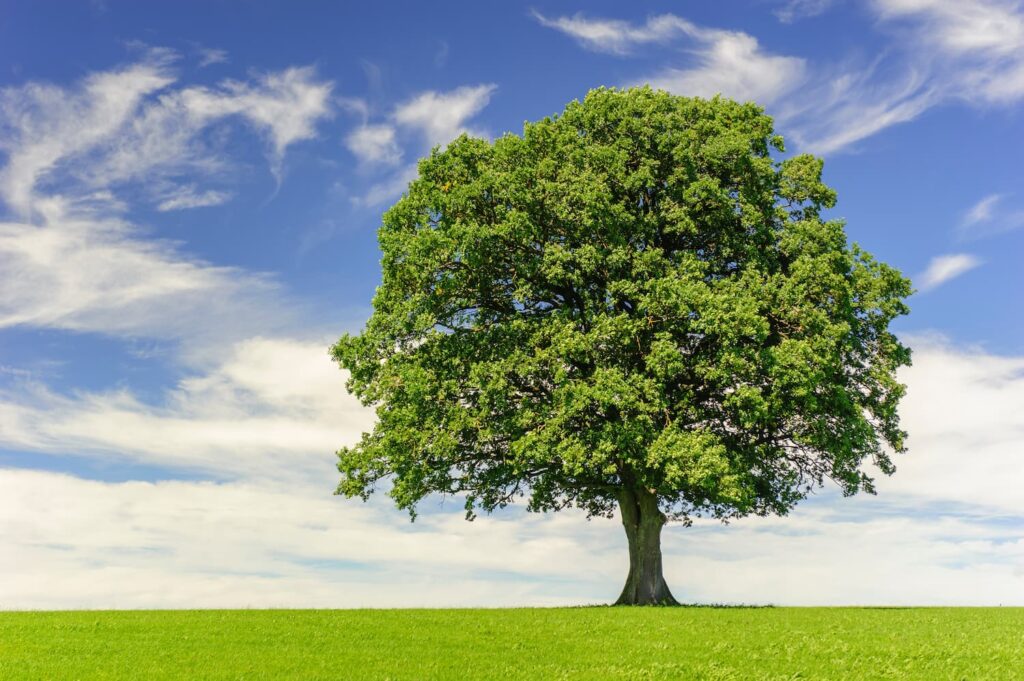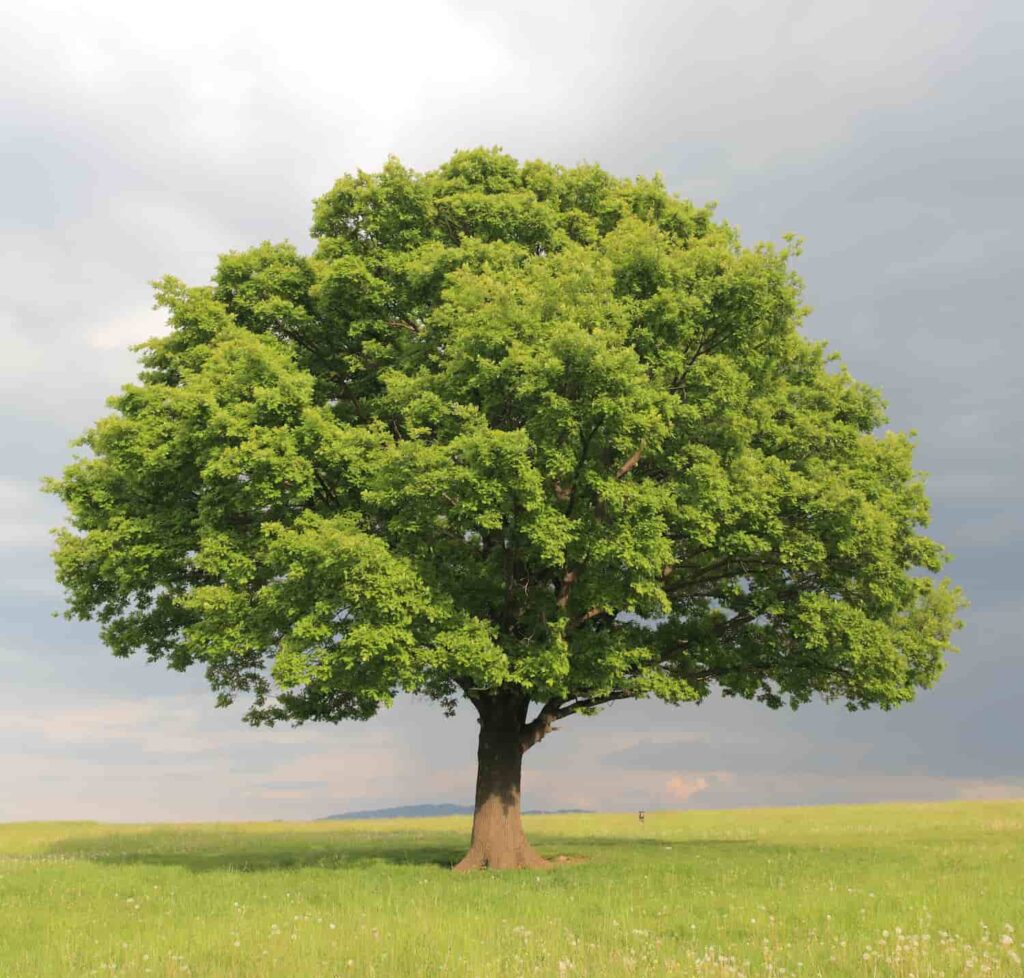Can You Can Kill An Oak Tree By Trimming It?
Can You Can Kill An Oak Tree By Trimming It? Are you a proud owner of an oak tree, but uncertain about the proper way to trim it? Trimming an oak tree requires careful consideration, as it can greatly impact its health and longevity. In this article, we will explore the dos and don’ts of trimming an oak tree and address the common concern: can improper trimming lead to its demise? With the right knowledge and techniques, you can ensure that your oak tree remains healthy, beautiful, and resilient for years to come.
We will delve into the importance of understanding oak tree biology, the appropriate timing for trimming, and the recommended pruning practices. Additionally, we will dispel common myths and misconceptions surrounding oak tree trimming, providing you with the necessary information to make informed decisions and protect the well-being of your beloved oak tree. Let’s dive in and discover the secrets to successful oak tree trimming!
The Importance of Proper Tree Trimming
Proper tree trimming is essential for maintaining the health and vitality of an oak tree. Regular trimming helps promote optimal growth, improves the tree’s structure, and reduces the risk of disease and pest infestation. Trimming also allows for better air circulation and sunlight penetration, both of which are vital for the overall well-being of the tree. However, it is crucial to approach oak tree trimming with caution and follow the recommended guidelines to avoid potential harm.
Understanding the Needs of an Oak Tree
Before delving into the dos and don’ts of trimming an oak tree, it is crucial to understand its unique characteristics and requirements. Oak trees are known for their strength and longevity, but they also have specific sensitivities that need to be considered during the trimming process. Oak trees are susceptible to fungal infections, such as oak wilt, which can spread rapidly and lead to the tree’s demise if proper precautions are not taken.
Additionally, oak trees have a distinct growth pattern, and trimming at the wrong time or in the wrong manner can disrupt their natural development. With this understanding, let’s explore the dos and don’ts of trimming an oak tree.
Dos of Trimming an Oak Tree
1. Do prune during the dormant season: The best time to trim an oak tree is during its dormant season, which is typically in late fall or winter. During this period, the tree is less susceptible to diseases and pests, and it allows for better healing of the wounds caused by trimming. Pruning during the dormant season also minimizes the stress on the tree and promotes healthy growth in the following spring.
2. Do use proper pruning tools: When trimming an oak tree, it is essential to use the right pruning tools. High-quality, sharp pruning shears or loppers should be used to ensure clean cuts and minimize damage to the tree. Avoid using dull or rusty tools, as they can cause unnecessary injury to the tree and increase the risk of infection.
3. Do prune selectively: Selective pruning involves removing only the necessary branches, such as dead or diseased ones, to maintain the tree’s structural integrity. It is important to maintain a balanced canopy and avoid over-pruning, as this can weaken the tree and make it more susceptible to pests and diseases. Focus on removing crossing or rubbing branches, as well as any branches that pose a safety hazard.
By following these dos of trimming an oak tree, you can promote its health, prevent disease, and enhance its natural beauty. However, it is equally important to be aware of the don’ts of trimming an oak tree to avoid potential harm.
Don’ts of Trimming an Oak Tree
1. Don’t trim oak trees during the growing season: Trimming oak trees during the growing season, especially in spring and early summer, should be avoided. This is because oak trees are more vulnerable to diseases, such as oak wilt, during this time. The open wounds from pruning can attract insects that carry these diseases, leading to potential infection and decline of the tree. Pruning during the growing season should only be done in cases of emergency or to address immediate safety concerns.
2. Don’t “top” an oak tree: Topping, also known as tree lopping, involves removing the upper portion of the tree’s canopy, resulting in a flat-topped appearance. This practice is detrimental to the health and structure of oak trees. Topping not only weakens the tree by removing its natural growth points, but it also promotes the growth of weak branches that are prone to breakage. Instead of topping, focus on selective pruning to maintain the tree’s natural shape and structure.
3. Don’t leave large pruning wounds exposed: After trimming an oak tree, it is essential to properly treat the pruning wounds to prevent infection and promote healing. Avoid leaving large wounds exposed, as this can attract pests and disease-causing organisms. Apply a pruning sealant or paint to the cut areas to create a protective barrier and aid in the healing process. This will help minimize the risk of infection and promote the tree’s recovery.
Can You Can Kill An Oak Tree By Trimming It? By avoiding these don’ts of trimming an oak tree, you can protect the tree from potential harm and ensure its long-term health and vitality.
Signs of Over-Trimming or Improper Pruning
Over-trimming or improper pruning can have adverse effects on the health of an oak tree. It is important to recognize the signs of over-trimming or improper pruning to take necessary corrective actions. Some common signs include:
1. Stunted or delayed growth: If an oak tree exhibits stunted or delayed growth after trimming, it may be a sign of over-trimming. Excessive removal of branches can deprive the tree of vital nutrients and hinder its ability to grow and thrive.
2. Disease and pest infestation: Improper pruning can leave the tree vulnerable to disease and pest infestation. If you notice signs of fungal infections, such as discolored leaves, wilting, or oozing sap, it may be an indication of improper pruning leading to infection.
3. Dead or dying branches: Dead or dying branches that appear after trimming may indicate improper pruning techniques. When branches are cut too close to the trunk or leave stubs, it can disrupt the tree’s natural healing process and create an entry point for diseases and pests.
If you observe any of these signs, it is crucial to consult a professional arborist or tree trimmer to assess the situation and provide appropriate care for the tree.
Potential Consequences of Improper Trimming on Oak Trees
Improper trimming can have severe consequences on the health and longevity of oak trees. Some potential consequences include:
1. Increased risk of infection: Improper pruning techniques, such as leaving large wounds exposed or removing too many branches, can increase the risk of infection. Fungal diseases, such as oak wilt, can spread rapidly through open wounds, leading to the decline and eventual death of the tree.
2. Weakened structure: Over-trimming or excessive removal of branches can weaken the structural integrity of an oak tree. This can make the tree more susceptible to wind damage, breakage, and uprooting during storms or adverse weather conditions.
3. Reduced vigor and vitality: Improper pruning can deprive an oak tree of essential nutrients and energy reserves, resulting in reduced vigor and vitality. The tree may exhibit signs of decline, such as yellowing leaves, sparse foliage, and limited growth.
Can You Can Kill An Oak Tree By Trimming It? To avoid these potential consequences, it is crucial to adhere to the recommended guidelines and employ proper pruning techniques when trimming an oak tree.
How to Properly Trim an Oak Tree
Properly trimming an oak tree requires a systematic approach and adherence to the recommended techniques. Here are the steps to follow when trimming an oak tree:
1. Assess the tree: Before trimming, carefully inspect the oak tree to identify dead, diseased, or damaged branches that need to be removed. Also, consider the overall shape and structure of the tree to maintain its natural form.
2. Plan the cuts: Plan your cuts strategically to minimize the impact on the tree. Make clean cuts just outside the branch collar, which is the swollen area where the branch meets the trunk or another branch.
3. Remove dead or diseased branches: Start by removing any dead or diseased branches, as they pose a risk to the health of the tree. Cut these branches back to the branch collar without leaving stubs.
4. Eliminate crossing or rubbing branches: Identify crossing or rubbing branches and remove them to prevent damage and improve the tree’s structure. Choose the healthier or more dominant branch to keep and remove the other.
5. Maintain a balanced canopy: Aim for a balanced canopy by selectively removing overcrowded or weak branches. This will promote better air circulation, sunlight penetration, and overall tree health.
6. Treat pruning wounds: After trimming, apply a pruning sealant or paint to the pruning wounds to protect against infection. Follow the manufacturer’s instructions for proper application.
By following these steps, you can ensure that your oak tree is properly trimmed and maintain its health and beauty.
Hiring a Professional Tree Trimmer for Oak Trees
While it is possible to trim small oak trees on your own, it is advisable to hire a professional tree trimmer for larger or more complex oak trees. Professional tree trimmers have the knowledge, experience, and specialized equipment to handle oak trees safely and effectively. They can assess the condition of the tree, recommend appropriate trimming techniques, and ensure that the trimming is done in a way that promotes the tree’s health and longevity. Can You Can Kill An Oak Tree By Trimming It? Hiring a professional tree trimmer can provide peace of mind and ensure that your oak tree receives the care it deserves.
Common Myths About Trimming Oak Trees
There are several common myths and misconceptions surrounding oak tree trimming. Let’s debunk some of these myths to provide you with accurate information:
1. Myth: Pruning oak trees in summer helps prevent oak wilt: Pruning oak trees during the summer months can actually increase the risk of oak wilt infection. The beetles that carry the oak wilt fungus are most active during this time, and open wounds from pruning can attract these beetles, leading to potential infection.
2. Myth: Topping oak trees promotes better growth: Topping oak trees is detrimental to their health and structure. It can lead to weak branch growth and increase the risk of breakage. Selective pruning is a better approach to maintain the tree’s natural form and promote healthy growth.
3. Myth: Oak trees should be pruned every year: Oak trees do not require annual pruning. Proper pruning should be done selectively and only when necessary. Excessive pruning can weaken the tree and disrupt its natural growth patterns.
By dispelling these myths, you can make informed decisions and ensure the well-being of your oak tree.
Conclusion: Ensuring the Health and Longevity of Your Oak Tree
Can You Can Kill An Oak Tree By Trimming It? Trimming an oak tree is a responsibility that should not be taken lightly. By understanding the dos and don’ts of oak tree trimming, you can promote the health and longevity of your tree. Remember to prune during the dormant season, use proper tools, and prune selectively. Avoid trimming during the growing season, topping the tree, or leaving large wounds exposed. Look out for signs of over-trimming or improper pruning and take corrective actions when necessary.
If in doubt, consult a professional tree trimmer for expert advice. By following these guidelines and dispelling common myths, you can ensure that your oak tree remains a cherished part of your landscape for generations to come. So, grab your pruning shears and embark on the journey of successful oak tree trimming!



